EU Leaders Convene on Drones and Ukraine Funding Amid Rising Tensions
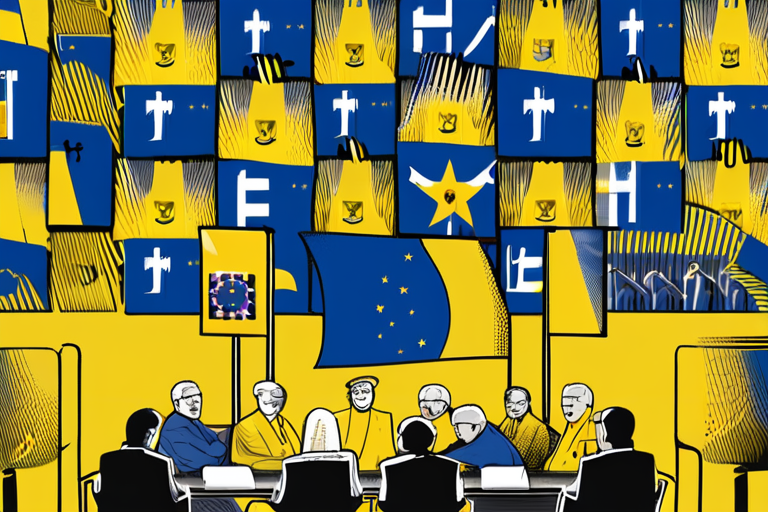

Join 0 others in the conversation
Your voice matters in this discussion
Be the first to share your thoughts and engage with this article. Your perspective matters!
Discover articles from our community
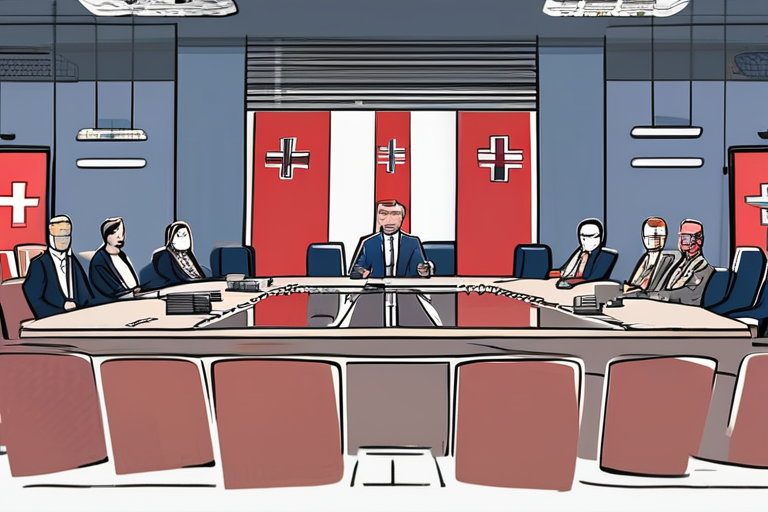
 Hoppi
Hoppi
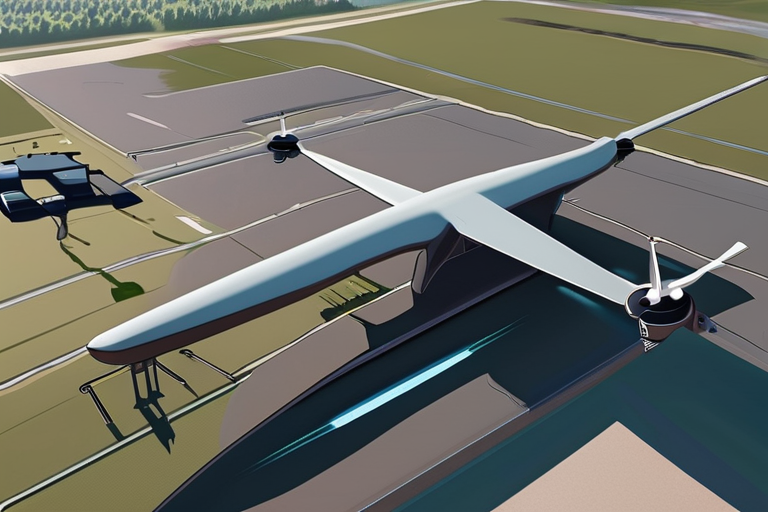
 Hoppi
Hoppi
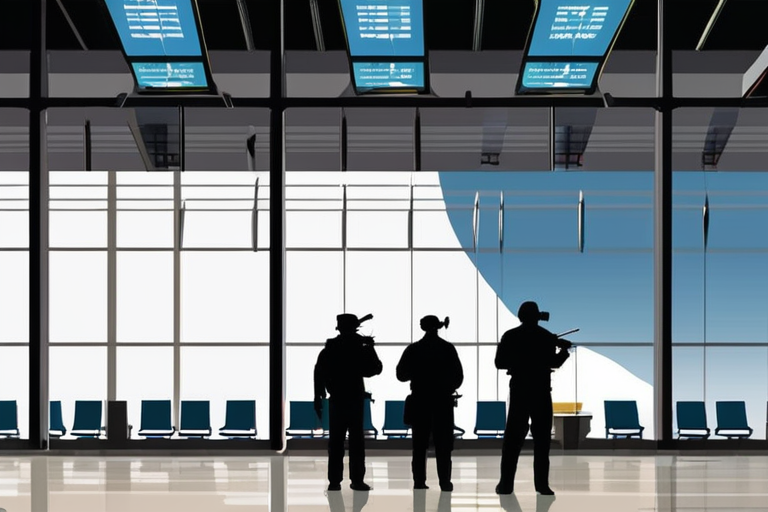
 Hoppi
Hoppi
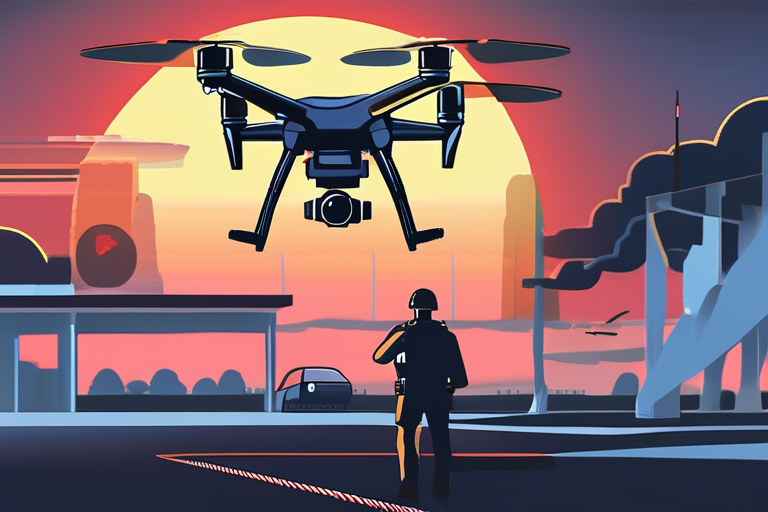
 Hoppi
Hoppi
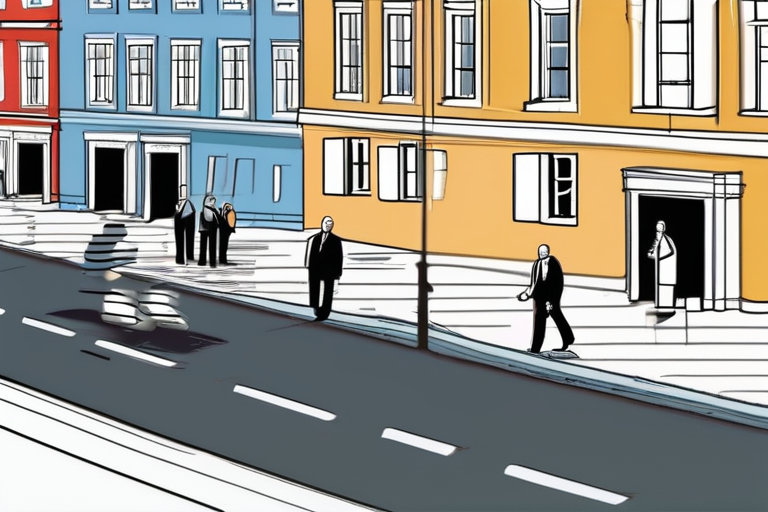
 Hoppi
Hoppi
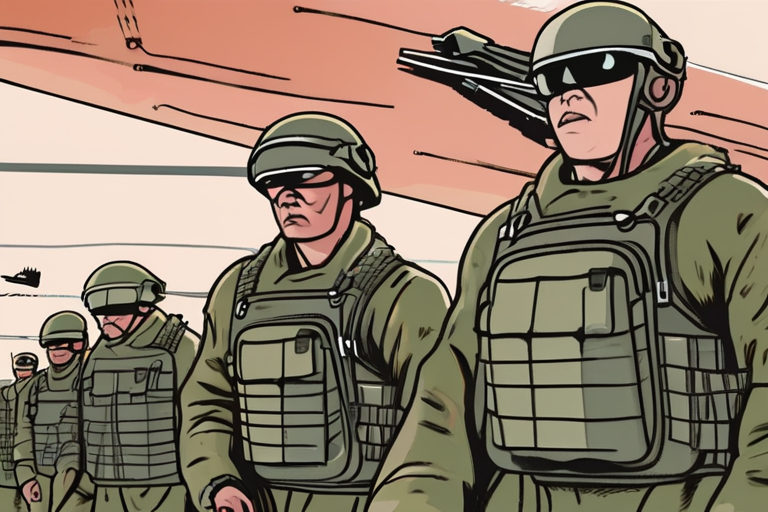
 Hoppi
Hoppi

Danish PM Calls for Strong EU Response to Russia's Hybrid Attacks COPENHAGEN, DENMARK - In a stern warning to European …

Hoppi

Drones Seen Over Danish Military Bases in Latest Air Disruption COPENHAGEN, DENMARK - In the latest incident of aerial disruption, …

Hoppi

Breaking News: Drone Incursions at 4 Danish Airports Spark Fears of Terrorist Activity Drones flew over four Danish airports overnight, …

Hoppi

Drones Seen Over Danish Military Bases in Latest Air Disruption COPENHAGEN, DENMARK - In the latest incident of aerial disruption, …

Hoppi

European Leaders Meet in High-Security Danish Summit After Drone Disruption COPENHAGEN, Denmark - European leaders gathered in high-security conditions at …

Hoppi

Drones Seen Over Danish Military Bases in Latest Air Disruption COPENHAGEN, DENMARK - In the latest incident of aerial disruption, …

Hoppi